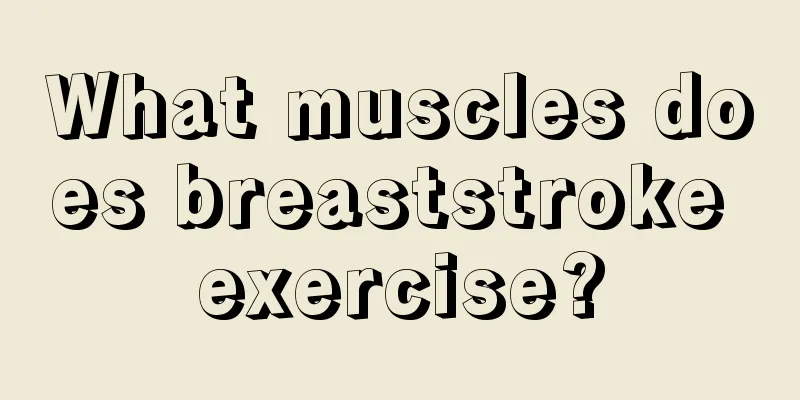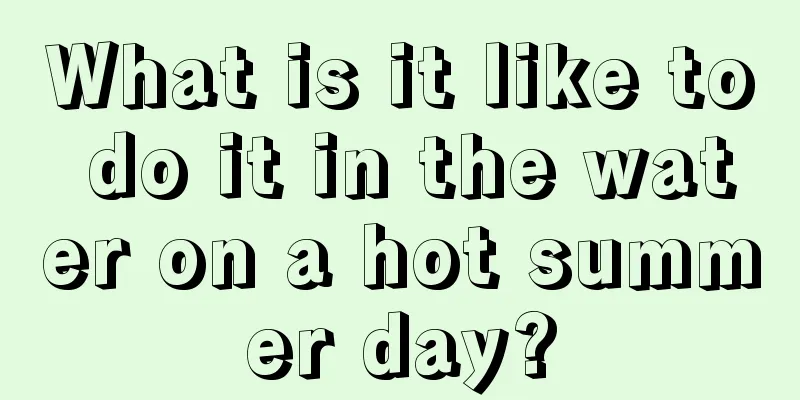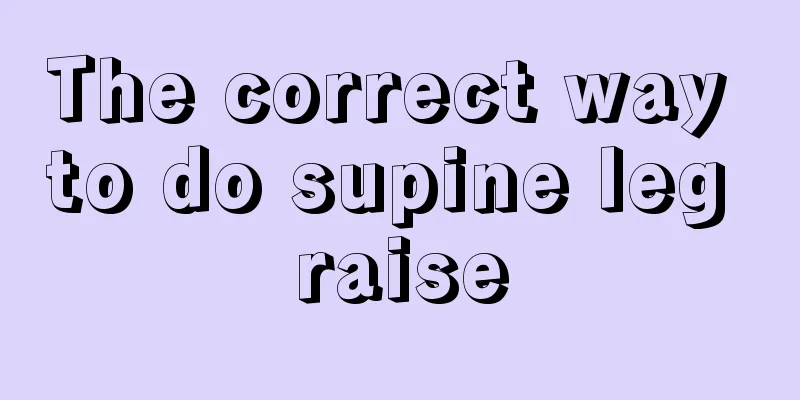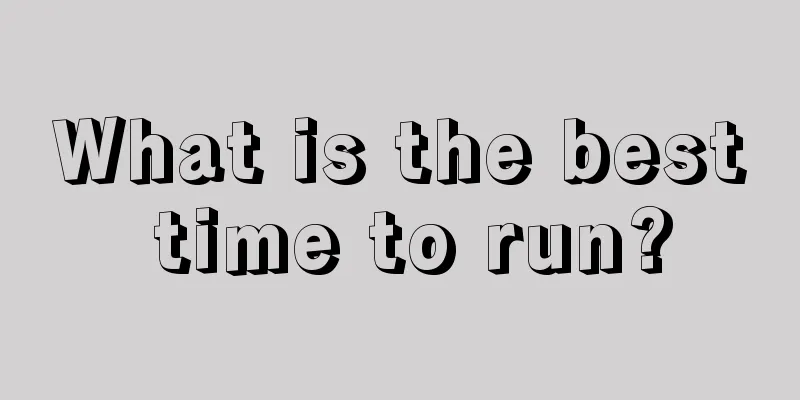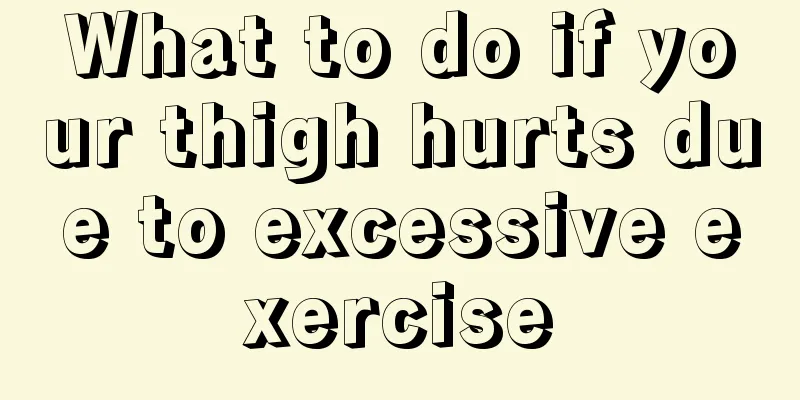What is muscle memory?
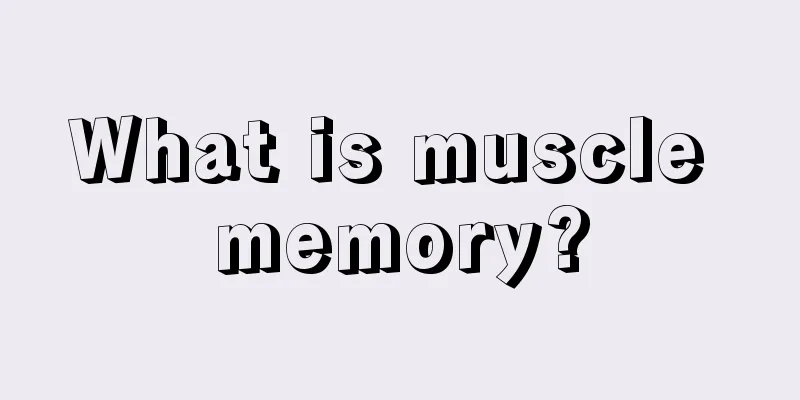
|
We all have this experience: after repeating an action many times, we almost don't need to think about it in the future. Instead, it will form a conditioned reflex and the stability of the action will be higher. People call this muscle memory. It is worth mentioning that muscle memory has advantages and disadvantages. For example, for table tennis players, muscle memory has certain disadvantages. The following introduces relevant knowledge about muscle memory. What is muscle memory? In muscle training, muscles will gradually remember the intensity of exercise and calorie consumption brought about by a long-term, repetitive, and identical action, and will show reflex and habitual acceptance power. This is the so-called muscle memory. Muscle Memory is a natural law that creates a physiological blueprint when you teach your body how to do something, such as riding a bike, surfing, yoga, or running. Once a muscle is professionally trained, it never forgets that state. Some friends who stopped training after a long period of time and resumed training 20 years later took about 40% less time than those who had never received training. However, precisely because the muscles have this kind of memory, in order to achieve the same or better exercise results, it is necessary to increase the intensity of exercise to leave this muscle memory area and maintain progress. The most common way is to increase the intensity: increase the training weight, shorten the rest period between sets, and increase the training time and repetition. Muscle memory includes not only how the body gets things done, but also the damage, repair, and reconstruction of muscle tissue. This physiological knowledge can make it easier to return to your original state from injury, treatment, or even pregnancy faster and better than before. How does muscle memory work? The muscle memory training process originates in the brain. When learning something new, whether it's how to do a Split Squat or how to maneuver a snowboard, the brain recruits all the appropriate motor units (nerves: triggering muscle fibers to engage) to perform the desired movement. Once the muscle fibers get the memo from the brain to start moving, they start sending messages back: When you move, sensors in the muscles, tendons and joints called proprioceptors are activated. The receptors send signals back to the central nervous system so the brain knows which muscles to activate for the next movement. This feedback signal continues to go back and forth between the brain and the muscles. The brain creates "pathways" in the central nervous system that make movements automatic. The pathways created by these repetitive movements essentially become muscle memory. As these pathways are used more and more frequently, muscle memory becomes more firmly established, even if it has not been performed for a while. For example, practice makes perfect refers to muscle memory. A basketball player's millions of repeated shooting exercises have created his specific muscle memory and standard shooting posture. |
<<: Which muscles does the high pull-down exercise?
>>: How to recover from a shoulder injury after fitness training
Recommend
How to practice yoga for full body weight loss
Nowadays, more and more friends choose to practic...
How do girls exercise their back muscles?
When summer comes, many girls like to wear cooler...
How to reduce belly fat
Losing weight is a topic that many people are con...
Fitness exercises for middle-aged and elderly people
Nowadays, many elderly people like to do some phy...
What water sports are available?
Exercise is something that every one of us does e...
What are the best bicycles for exercise?
Having a healthy body is the dream of every one o...
What exercises can you do to train your chest muscles?
Building chest muscles is the dream of many male ...
Late night benefit for old men! Watch it by yourself
The following set of sexual function health exerc...
What is the main function of dumbbell training?
Dumbbells are a type of fitness equipment. Compar...
How to tread water in swimming
Swimming actually requires skills. The most commo...
What is the fastest and most effective exercise to reduce breast size?
Girls all hope that their breasts are as big as p...
Supine Leg-bound Pose
Many people may not know what the supine sit-up w...
How to train your waistline
As modern women become more aware of their pursui...
Does running build muscle?
Running can promote muscle growth, because runnin...
How to practice with a yoga ball?
Yoga is now increasingly being embraced as a weig...

